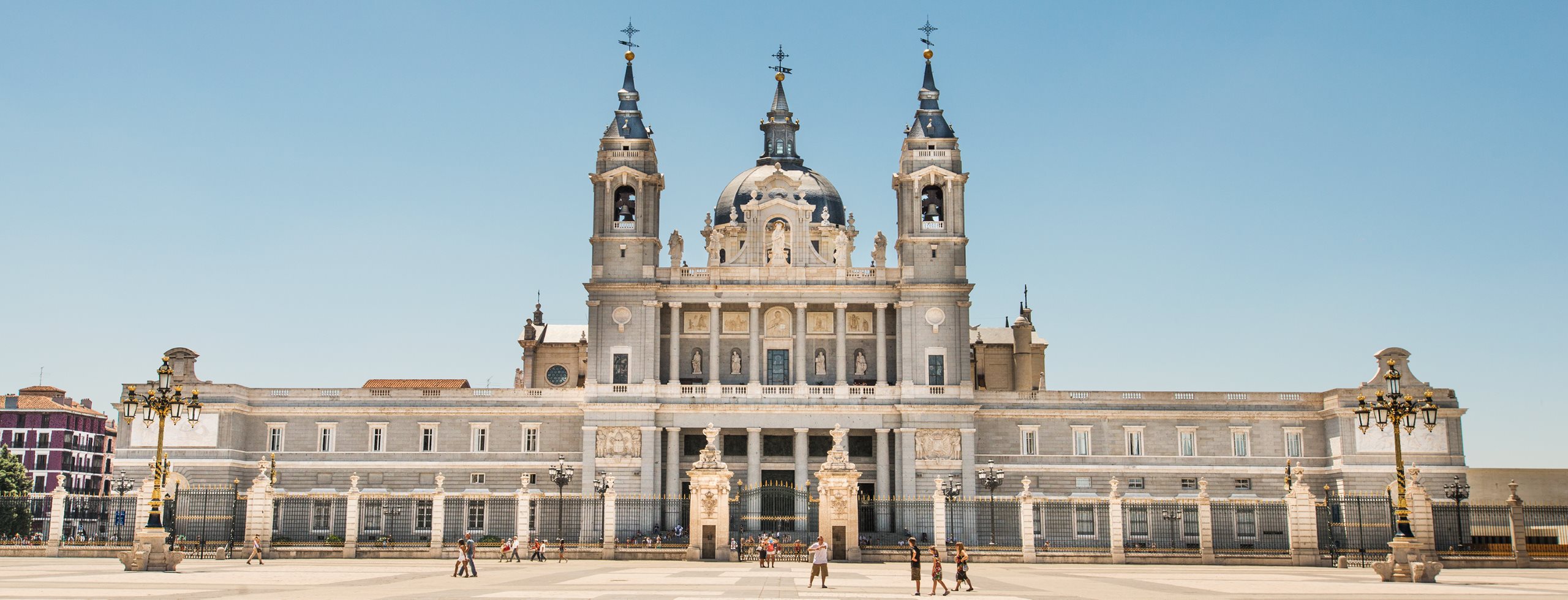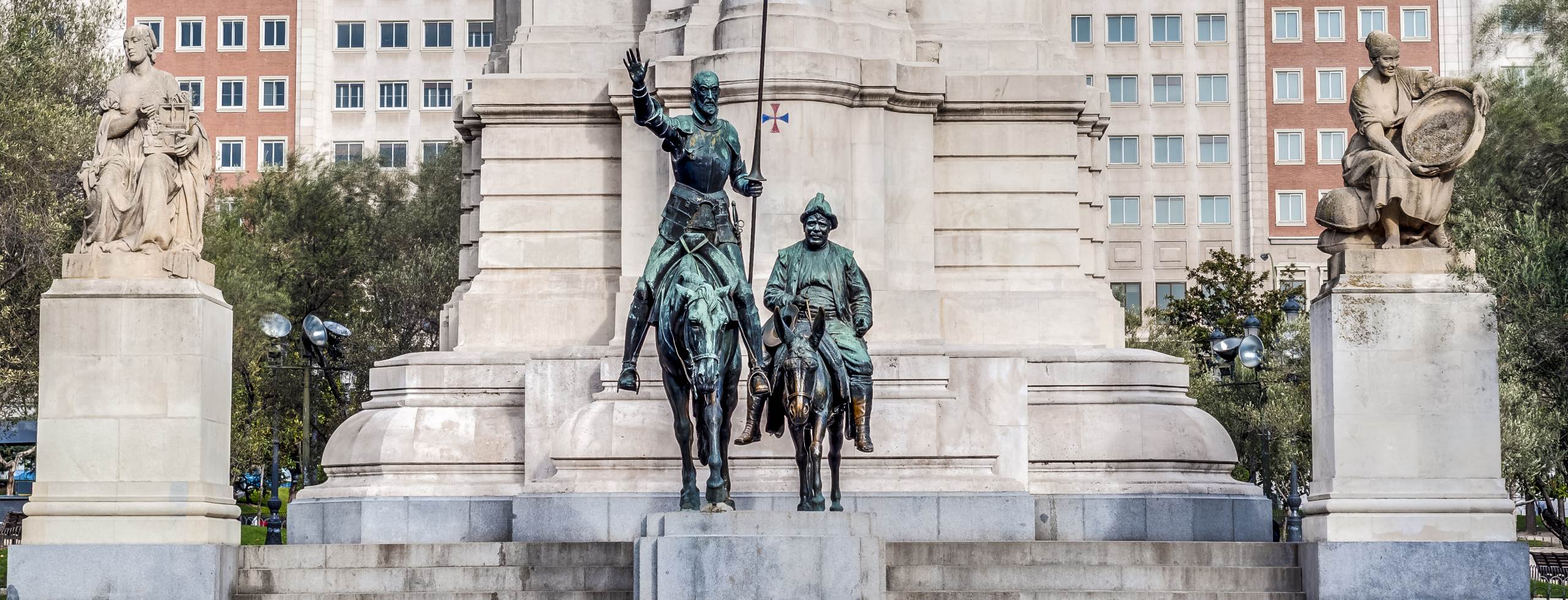With over six and a half million inhabitants, Madrid is Spain’s capital city as well as the country’s largest city! It is the European Union’s third largest city (after London and Berlin), the seat of the Spanish government, and residence of the Spanish monarch; thus, the political, economic and cultural center of Spain. Known for its elegant squares, stately architecture and world famous museums, Madrid is a vibrant and attractive capital that is sure to impress even the most discerning traveler.
- Rich history
- Historical landmarks
- Exquisite museums and art galleries
- Chic restaurants
- Excellent shopping
- Lively nightlife
Although archeological remains suggest that the site of modern day Madrid has been inhabited since prehistoric times, the first historical documents of an established settlement date back to the Arabic period during the second half of the 9th century AD.
Madrid was conquered by the Christians in the early 1080s and integrated into the kingdom of Castille, (a medieval kingdom at the time and today a region of Spain), as property of the crown. Christians replaced the Muslim population in the city center, while Muslims and Jews settled in the suburbs. In 1188, Madrid won the right to be a city with representation in the courts of Castille and in 1202 it was given its first charter to regulate municipal council. In the early 1560s, Madrid had a population of approximately 30,000 and Philip II of Spain moved his court to Madrid, since making the city the political center of the monarchy and Spain’s capital!
During the 17th century, Madrid’s population grew to approximately 175,000 - making it the fifth largest city in Europe (after London, Paris, Constantinople, and Naples), and the city experienced a sort of ‘golden age’ where the city was cleaned up and numerous public works were carried out. Madrid experienced a bloody history of events in the 1800s, including the rise against Napoleon’s French occupation. Franco’s nationalist forces occupied Madrid for from 1936 to 1939 which saw the capital being plagued with turmoil. However, after Franco’s death in 1975 and then Spain’s transition into becoming a democracy, Madrid became an icon for ‘new’ Spain.



 View Map
View Map 

